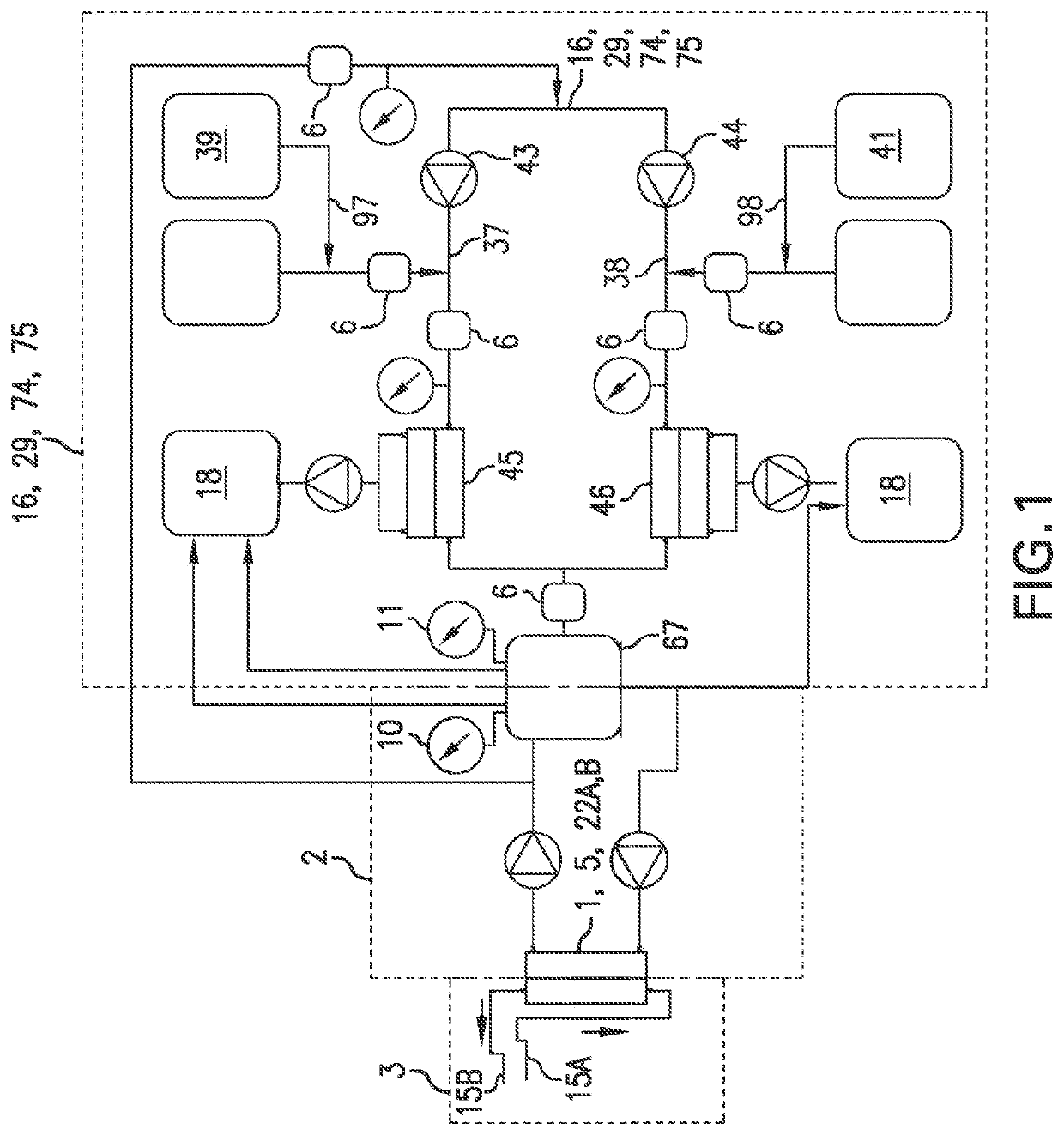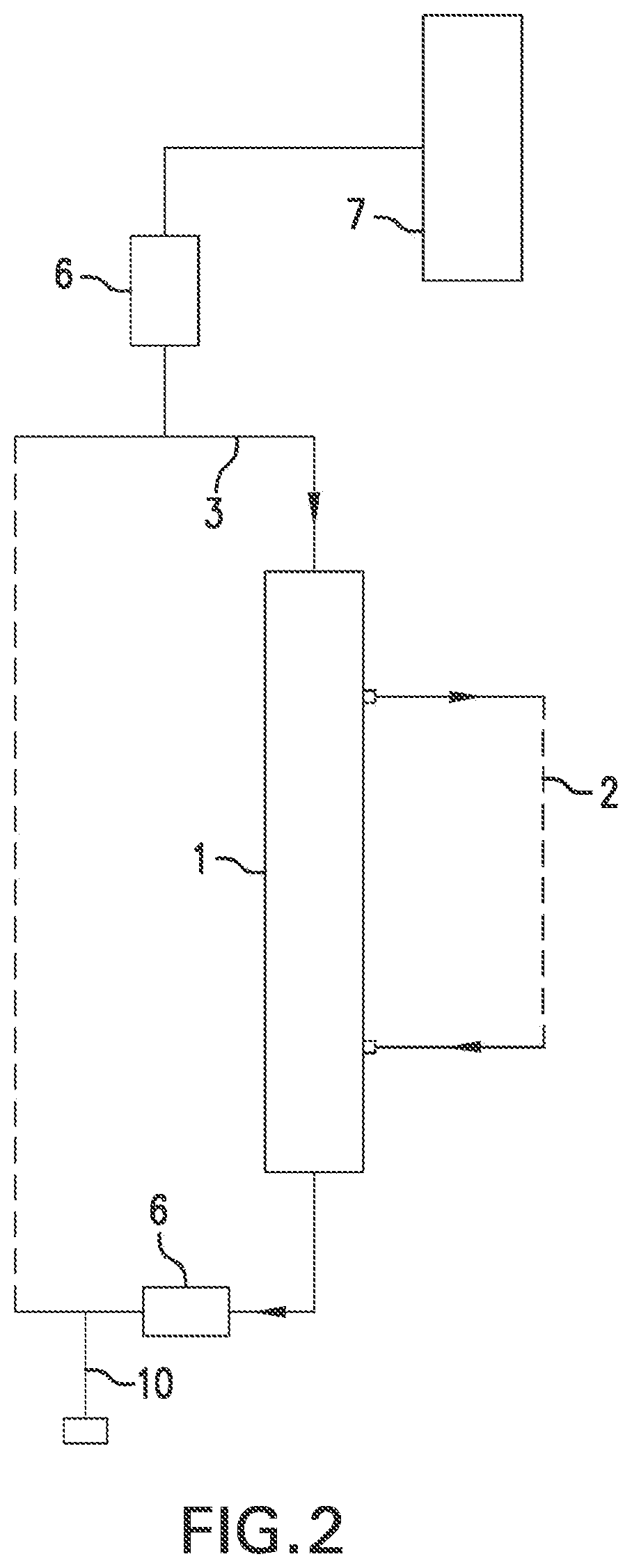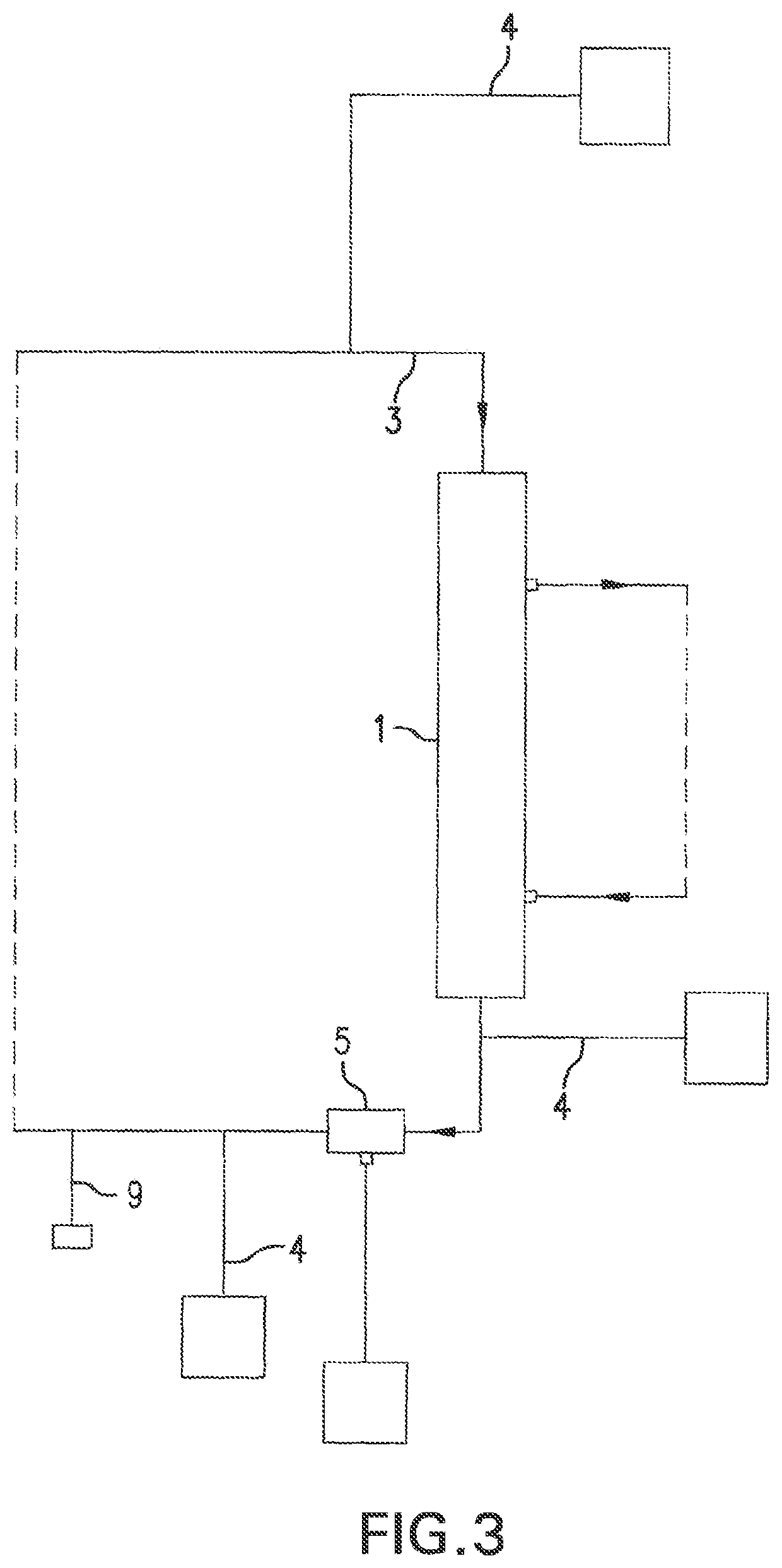Systems or apparatuses and methods for performing dialysis
a technology of dialysis and systems or apparatuses, applied in the field of systems or apparatuses and methods for performing dialysis, can solve the problems of poor effect of hemodialysis, low help of routine hemodialysis for patients with liver failure, and inability to effectively remove by hemodialysis, so as to achieve the effect of dramatically reducing any possible measurement error
- Summary
- Abstract
- Description
- Claims
- Application Information
AI Technical Summary
Benefits of technology
Problems solved by technology
Method used
Image
Examples
Embodiment Construction
[0134]The present methods and systems feature the following elements and steps. Further features of the invention, its nature and various advantages become more apparent from the accompanying drawings and the following detailed description of the preferred embodiments.
A Protein-Binding Substance to be Removed
[0135]By “a protein-binding substance” or “a protein-binding substance to be removed” is meant any molecule or component thereof, large or small, that binds to a protein, such as, for instance, albumin. The binding may be specific or non-specific, and it may be with great, significant or weak affinity. The protein may be, for instance, albumin, such as human serum albumin. Hence, the terms “a protein-binding substance” or “a protein-binding substance to be removed” include any molecule or component thereof, large or small, that binds to albumin such as human serum albumin with any measurable or observable affinity. A detailed description of such substances that bind to albumin i...
PUM
 Login to View More
Login to View More Abstract
Description
Claims
Application Information
 Login to View More
Login to View More - R&D
- Intellectual Property
- Life Sciences
- Materials
- Tech Scout
- Unparalleled Data Quality
- Higher Quality Content
- 60% Fewer Hallucinations
Browse by: Latest US Patents, China's latest patents, Technical Efficacy Thesaurus, Application Domain, Technology Topic, Popular Technical Reports.
© 2025 PatSnap. All rights reserved.Legal|Privacy policy|Modern Slavery Act Transparency Statement|Sitemap|About US| Contact US: help@patsnap.com



